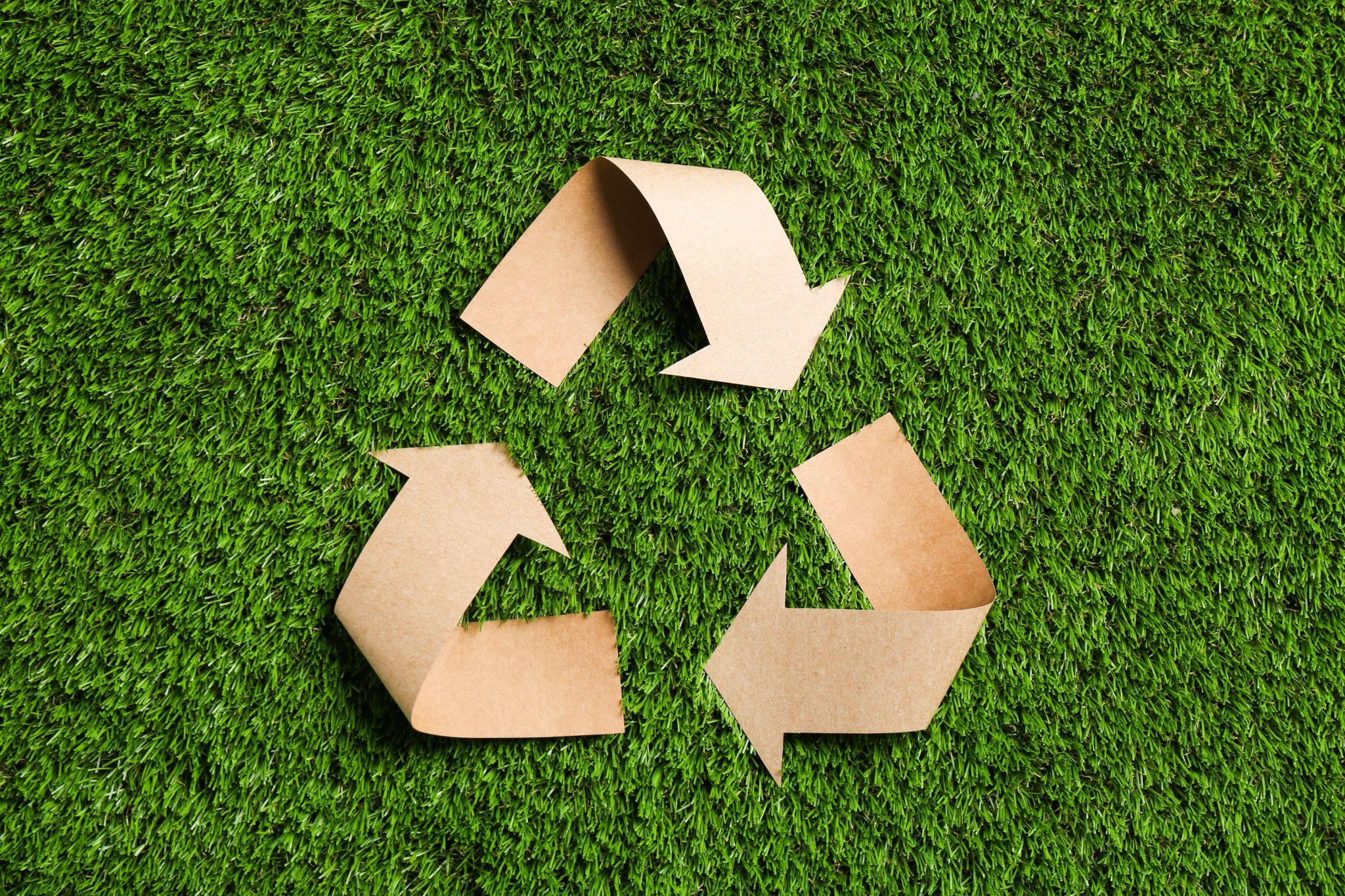In an era where environmental consciousness is more crucial than ever, the concept of “Green Moving” emerges as a vital aspect of sustainable living. Relocating, a process traditionally marked by significant waste and energy consumption, now offers a unique opportunity to make a positive impact on our planet.
Below, we’ll explore some tips to help you and family transform your moving experience into an eco-friendly journey. From minimizing waste to selecting sustainable materials and methods, every step in the moving process presents a chance to contribute to a healthier environment.
Tip #1: Start with a Plan
The journey of an eco-conscious move begins with meticulous planning, a crucial step that sets the tone for a sustainable relocation. In this initial phase, the focus is on minimizing environmental impact through deliberate and thoughtful decision-making.
Begin by carefully evaluating your belongings to determine what truly needs to be moved. This process not only helps in reducing the volume of items transported but also in identifying which items can be donated, recycled, or sold, thereby diverting them from landfills. An effective strategy is to declutter systematically, room by room, keeping sustainability in mind.
Additionally, consider planning your move during less busy times, such as mid-week or off-peak seasons. This can lead to more efficient transportation with reduced fuel consumption. This first step is about embedding eco-friendly practices into the very fabric of your moving process, ensuring that each decision contributes to a greener and more responsible move.
Tip #2: Declutter Before Your Move
The process of sustainably decluttering before a move is essential for simplifying your relocation while minimizing its environmental footprint. Start by thoroughly assessing each room in your home, categorizing items into groups: those to keep, donate, sell, store, and recycle. This step is not just about lightening your load but also ensuring that items don’t unnecessarily end up in landfills.
For items that are no longer needed or don’t fit in your new space but are still valuable, consider storage options. Secure storage solutions can provide a temporary home for your belongings until you decide their fate, whether future use, donation, or sale.
Recycle what can’t be reused by finding local facilities that accept various materials, and properly dispose of hazardous materials like batteries and paint at designated disposal centers.
For items in good condition, donating to local charities, shelters, or community centers gives them a second life. Alternatively, selling items through online marketplaces or garage sales can be effective.
The key aim of this step is to make thoughtful choices that extend the life cycle of your belongings, benefiting both you and the environment.
Tip #3: Pack Sustainability & Reduce Waste
Adopting eco-friendly packing strategies is an important step in lessening the environmental impact of your move.
Sustainable Alternatives to Traditional Packing Materials
Traditional packing materials typically employ the use of single use paper and plastic products that end up in the trash. These alternatives offer a more environmentally friendly substitute.
- Biodegradable Packing Peanuts: Made from natural, non-toxic sources, these peanuts offer the same cushioning as styrofoam but without the environmental harm.
- Recycled Bubble Wrap or Green Bubble Wrap: Look for bubble wrap made from recycled plastic or a biodegradable material for a greener option.
- Corrugated Bubble Wrap: An alternative to plastic bubble wrap, this is made from corrugated cardboard.
- Blankets and Towels: Utilize household items for wrapping and cushioning fragile items.
- Newspaper or Shredded Paper: This is a great option for filling gaps in boxes and wrapping items, especially if you already have these materials on hand.
- Rentable Moving Boxes: Companies offer plastic moving boxes for rent, which are reusable and more durable than cardboard.
- Cardboard Boxes with High Recycled Content: If cardboard boxes are necessary, opt for those made with a high percentage of recycled material.
To source these materials, look for suppliers that specialize in eco-friendly products. Many moving and packing supply companies now offer a range of sustainable options. Additionally, community groups, online marketplaces, or local stores might have gently used packing materials available for reuse.
Tips to Reduce Packing Material Usage
Another essential part of eco-friendly packing is the reduction materials used. By implementing these tips, you will reduce the amount of packaging needed for your move.
- Use space wisely within boxes to reduce the need for additional filling material.
- Before purchasing new materials, see if you have suitable packing items at home.
- Breaking down larger items can save space and reduce the need for excess materials.
Tip #4: Environmental Conscious Moving Doesn’t End When You Arrive

Embracing an environmentally conscious approach to moving goes beyond just arriving at your new home. It encompasses how you unpack, dispose of, or reuse packing materials and how you set up your new space for sustainable living.
Eco-Friendly Unpacking
The journey of an eco-friendly move extends into the unpacking process in your new home. It’s important to unpack systematically, sorting packing materials as you go. This approach allows you to identify what can be recycled, reused, or needs responsible disposal. Instead of hastily discarding packing materials, consider which items might be useful for future needs or could be donated for reuse, ensuring a mindful approach to waste reduction.
Recycle and Reuse Packing Materials
As you settle in, give careful attention to how packing materials are handled post-move. Cardboard boxes, for instance, can be flattened for future use or sent for recycling. Materials like bubble wrap or packing peanuts should be stored for future moves or given away to local places that could repurpose them, such as schools or art centers. For biodegradable packing materials, follow the manufacturer’s guidelines for proper disposal, ensuring they decompose effectively.
Your Green Move Starts Here
Samba Moving is committed to eco-friendly moving solutions in New York City. Our approach is rooted not only in providing top-tier moving services but also in upholding environmental stewardship.
We are dedicated to integrating green practices across all aspects of our operations, from using eco-friendly packing materials to optimizing routes to minimize our carbon footprint. In addition to our moving services, we also offer storage solutions, ensuring that your items are kept safe and out of the landfill.
Join us on a journey toward sustainable moving. Contact us today to plan your next move with a partner committed to preserving our environment for future generations.

